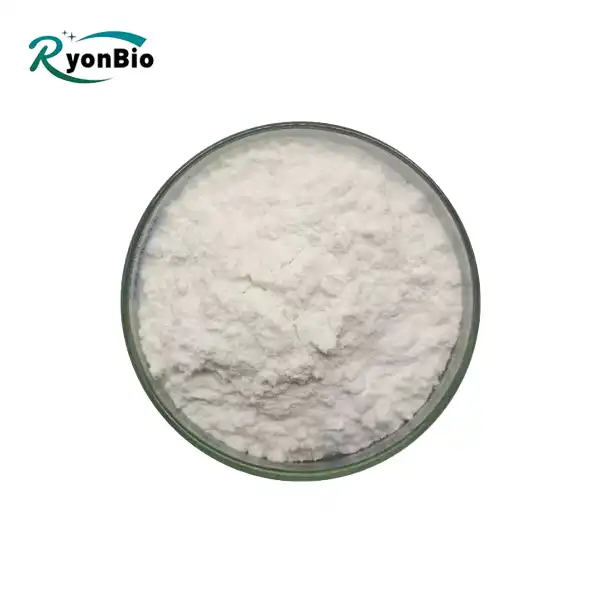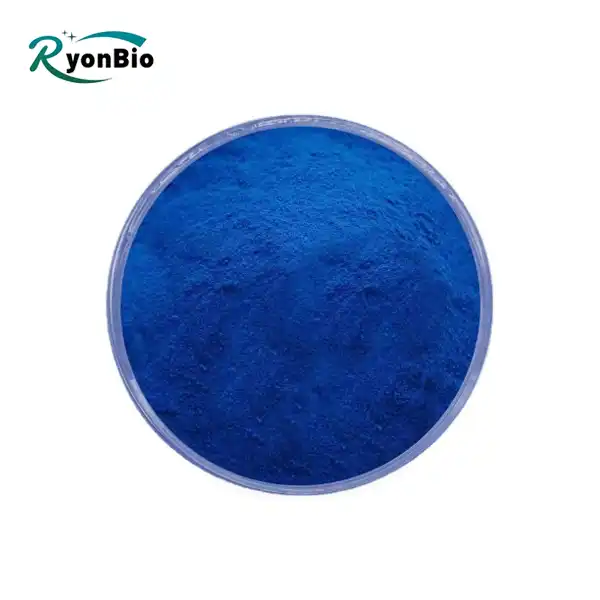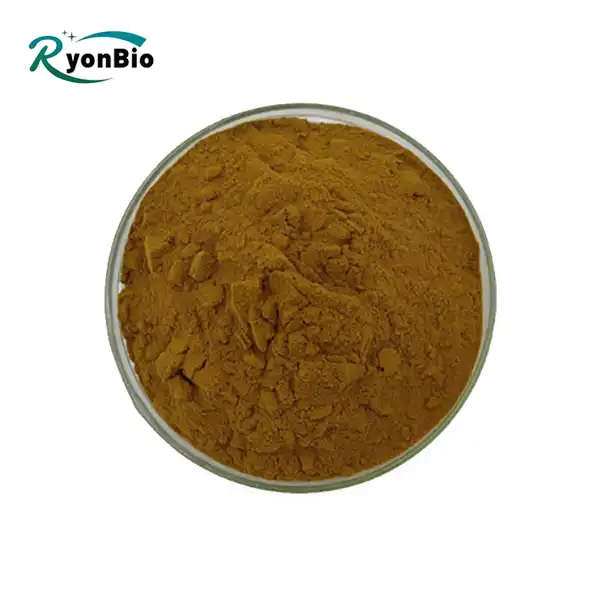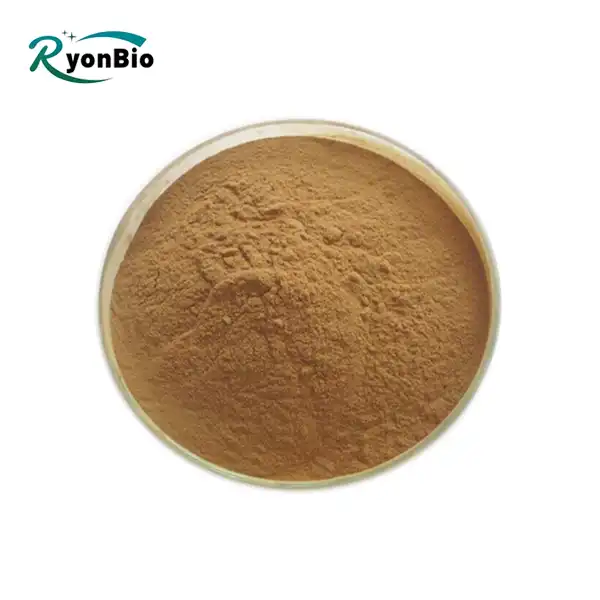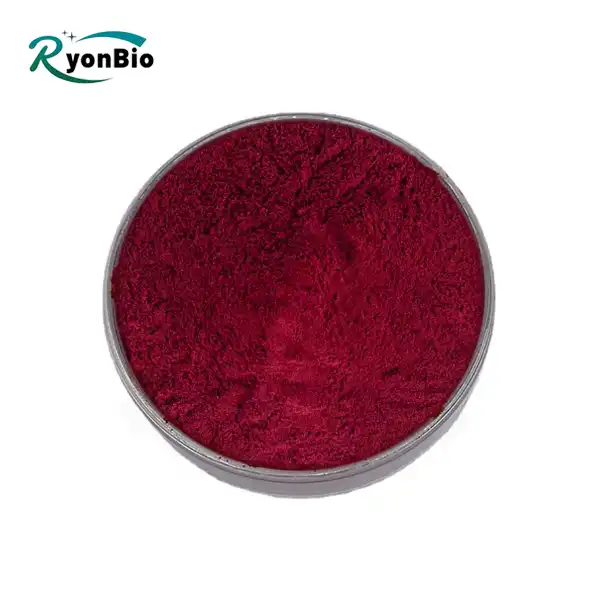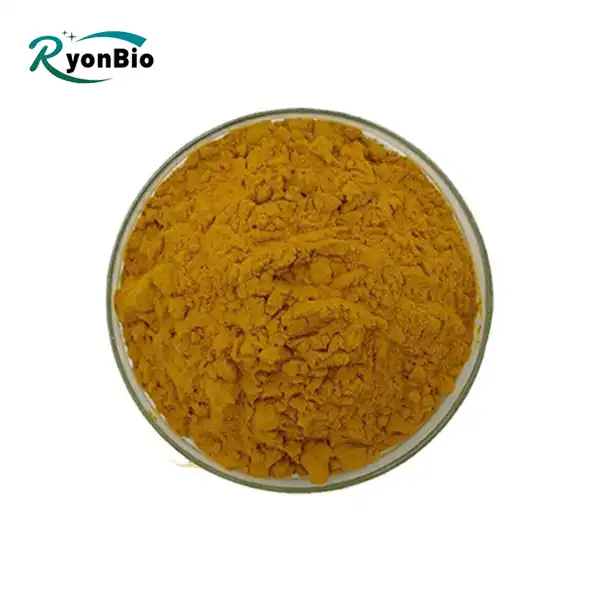Coenzyme Q10, frequently contracted as CoQ10, is a normally happening cell reinforcement tracked down in the cells of the human body. It is essential for the production of energy and the prevention of oxidative damage to cells. CoQ10 has recently gained popularity in skincare due to its potential benefits for skin health maintenance and enhancement. In this article, I will investigate whether Coenzyme Q10 helps skin by looking at its cancer prevention agent properties, its effect on maturing, and how to integrate it into your skincare schedule.

The Antioxidant Power of Coenzyme Q10
Coenzyme Q10 is famous for its powerful cancer prevention agent properties. Antioxidants are essential for neutralizing unstable molecules known as free radicals, which can harm cells, including skin cells. Environmental factors like UV radiation, pollution, and even stress produce free radicals. The antioxidant properties of CoQ10 can be particularly beneficial for skincare.

Coenzyme Q10 has been shown to effectively reduce oxidative stress in the skin, assisting in the prevention and repair of free radical damage. This, thusly, can prompt better, stronger skin. Additionally, CoQ10 encourages the production of proteins like collagen and elastin, which are necessary for preserving the firmness and elasticity of the skin. By decreasing oxidative harm and supporting these primary proteins, CoQ10 assists with keeping the skin looking energetic and lively.
Besides, the effective use of Coenzyme Q10 powder has been found to enter the skin layers, conveying its cell reinforcement benefits straightforwardly to where they are required most. This makes it a compelling fixing in skincare items pointed toward battling indications of maturing and natural harm.
Coenzyme Q10 and Anti-Aging Effects
The natural levels of Coenzyme Q10 in our skin decrease with age, which results in a decrease in cell energy production and an increase in oxidative stress. This decline is related with the noticeable indications of maturing, like kinks, barely recognizable differences, and hanging skin. These effects can be mitigated by including CoQ10 in your skincare routine.
Coenzyme Q10 has been shown to help smooth skin and reduce the appearance of wrinkles, according to research. Applying CoQ10 topically significantly increased skin elasticity and reduced the depth of wrinkles over time, according to a study that was published in the journal "Biofactors." According to these findings, CoQ10 may play a significant role in preserving youthful skin.

Additionally, CoQ10's ability to boost cellular energy production is a contributing factor to its anti-aging properties. Coenzyme q10 powder bulk helps the skin's natural repair processes by increasing cellular energy, allowing it to heal and regenerate more quickly. As a result, your complexion appears more youthful and radiant.
CoQ10 supports the skin's natural barrier function, protecting the skin from further damage in addition to these benefits. This hindrance is fundamental for forestalling dampness misfortune and safeguarding the skin from hurtful ecological elements. CoQ10 contributes to the maintenance of hydrated, healthy skin by strengthening this barrier.
How to Incorporate Coenzyme Q10 into Your Skincare Routine
Integrating Coenzyme Q10 into your skincare routine should be possible through different items like creams, serums, and enhancements. Coenzyme Q10 powder-based topical products are especially effective because they deliver the antioxidant directly to the skin.
While choosing a CoQ10 item, search for details that consolidate CoQ10 with other useful fixings like hyaluronic corrosive, vitamin E, and niacinamide. These fixings can upgrade the general viability of the item, giving extra hydration, insurance, and skin-calming benefits.
Make regular application of CoQ10 a part of your daily skincare routine to get the most out of it. After cleansing your face, apply a CoQ10 serum or cream, then moisturize and apply sunscreen throughout the day. Using it on a regular basis can help you achieve and maintain skin that looks and feels young.
|
|
|
For the people who lean toward dietary enhancements, CoQ10 is accessible in case structure. In addition to the benefits of topical applications, taking CoQ10 orally can support overall skin health from the inside out. However, before beginning any new supplement regimen, it is essential to consult a physician.
Conclusion
All in all, Coenzyme Q10 (CoQ10) arises as a significant fixing in skincare because of its strong cell reinforcement properties and its job in fighting the indications of maturing. By killing free revolutionaries and diminishing oxidative pressure, CoQ10 safeguards the skin from natural harm and advances in general skin wellbeing. It is an effective partner in the fight against wrinkles and sagging skin because of its capacity to encourage the production of collagen and elastin, which help maintain skin's firmness and elasticity.
CoQ10 has also been shown to boost cellular energy production, making it easier for the skin's own natural repair and regeneration processes. This not just lessens the presence of scarce differences and kinks yet additionally brings about a more brilliant and young coloring. Also, CoQ10 upholds the skin's regular obstruction capability, assisting with keeping up with hydration and safeguard against outer aggressors.

CoQ10 can be added to your skincare routine by applying it topically through creams and serums, which deliver its benefits to the skin directly. Picking items that consolidate Coenzyme Q10 Powder with other supporting fixings can upgrade its viability. CoQ10 supplements can complement topical treatments for those seeking a holistic approach to skin health.
In general, pure coenzyme q10 stands out as a potent and adaptable ingredient for people who want to improve and maintain the health and youthful appearance of their skin. If you use CoQ10 on a regular basis and follow a comprehensive skincare routine, it can help you get the most out of its antioxidant and regenerating properties. If you want to learn more about this kind of it, welcome to contact us at kiyo@xarbkj.com.
References
Mayo Clinic Staff. (2020). Coenzyme Q10. Mayo Clinic.
Sharma, S., Black, S. M. (2009). Carnitine homeostasis, mitochondrial function, and cardiovascular disease. Drug Discovery Today: Disease Mechanisms, 6(3-4), e31-e39.
Miles, M. V. (2007). The uptake and distribution of coenzyme Q10. Mitochondrion, 7, S72-S77.
Hoppe, U., et al. (1999). Coenzyme Q10, a cutaneous antioxidant and energizer. Biofactors, 9(2-4), 371-378.
Elmets, C. A., Singh, D., Tubesing, K., Matsui, M. S., Katiyar, S., Mukhtar, H. (2001). Cutaneous photoprotection from ultraviolet injury by green tea polyphenol (-)-epigallocatechin-3-gallate in mice. Journal of the American Academy of Dermatology, 44(3), 425-432.
Zmitek, J., et al. (2008). The effect of dietary intake of Coenzyme Q10 on skin parameters and condition: results of a randomized, placebo-controlled, double-blind study. Biofactors, 32(1-4), 231-240.
Tomasetti, M., Alleva, R., Solenghi, M. D., Collins, A. R. (2001). In vivo supplementation with coenzyme Q10 enhances the recovery of human lymphocytes from oxidative DNA damage. FASEB Journal, 15(8), 1425-1427.
Bliznakov, E. G., Chopra, R. K. (2000). Coenzyme Q10 in cardiovascular disease with emphasis on heart failure and myocardial ischemia. Annals of the New York Academy of Sciences, 889, 274-284.


